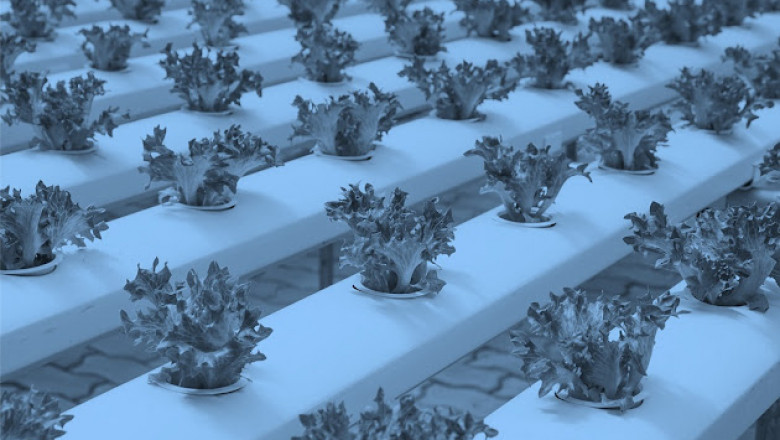views

Sensors used in smart farming are known as agriculture sensors. These sensors provide data that assist farmers in monitoring and optimizing crops by adapting to changes in environmental conditions. By positioning sensors, farmers can examine crop health at a micro scale, sustain resources, and reduce harsh environmental impact. The smart sensing technology enables farmers to remotely monitor their fields’ pest population on a real-time basis. This helps them take immediate action to protect their crops, utilizing online cloud services and a dashboard.
Read Report Overview: Agricultural Sensors Market
With a better adoption of alternative farming techniques, countries with low agricultural production due to climatic conditions and low arable land can reinvent their agricultural sector. This would help the countries diversify and limit their vegetable and fruit imports. The global agricultural sensors market is expected to grow more in the coming years with increased emphasis on alternative and vertical farming and increased government initiatives worldwide for uplifting the global agricultural industry.
Agricultural Sensors Market Overview
The global agricultural sensors market was valued at $4.18 billion in 2020, which is expected to grow with a CAGR of 15.4% and reach $9.79 billion by 2026. The growth is primarily attributed to increased awareness of the benefits of alternative and optimized farming techniques that entail over conventional farming. The key sensor types are humidity sensor, mechanical sensor, water sensor, optical sensor, soil sensor, and others (livestock, electrochemical, pressure) which are being widely used in the agriculture industry for water management, soil management, climate, and dairy management.
Impact of COVID-19 on Agricultural Sensors Market
The COVID-19 pandemic has had a significant impact on almost all major industries throughout the world, including the agricultural industry. The pandemic has led to economic instability throughout the world, and the GDP for all countries declined in 2020. The pandemic has interrupted normal life, and these changes have proved to act as a catalyst for technology and innovations in every sector, including agriculture. The pandemic’s potential impact on the adoption of the Internet of Things (IoT) has increased the traction of sensing technology in the agricultural sector.
Global Agricultural Sensors Market by Region
North America was estimated to hold the highest share of about 24.0% in 2020, thereby accounting for a value of $1,003.9 million. The highest contributing country in the North America agricultural sensors market is the U.S. due to the prevalence of advanced technology and its implications in the farming sector to increase production. Also, North America is characterized as a tech-savvy region wherein every industry, including agriculture, is actively adopting smart technologies to achieve sustainable and efficient production.
Key Market Players and Competition Synopsis
Acclima Inc., Acuity Agriculture, AgriData, AgEagle Aerial Systems Inc., BaySpec, Inc., Caipos GmbH, CropX Inc., Cubert GmbH, Digital Agriculture (Robert Bosch and BASF), FluroSat, Gamaya, HAIP Solution GmbH, Imec, Inno-spec GmbH, INO, Libelium, Precision Hawk, Pycno, The Yield Pty Ltd.
Request For Sample: https://bisresearch.com/requestsample?id=1232&type=download
The companies that are profiled in the report have been selected based on the selective pool of players, primarily Tier-1 (holding 50-60% of the market), mid-segment players (comprising 30-40% share), and small and emerging companies (holding the balance 10-20% share), based on various factors such as product portfolio, annual revenues, market penetration, research, and development initiatives, along with a domestic and international presence in the agricultural sensors industry.












